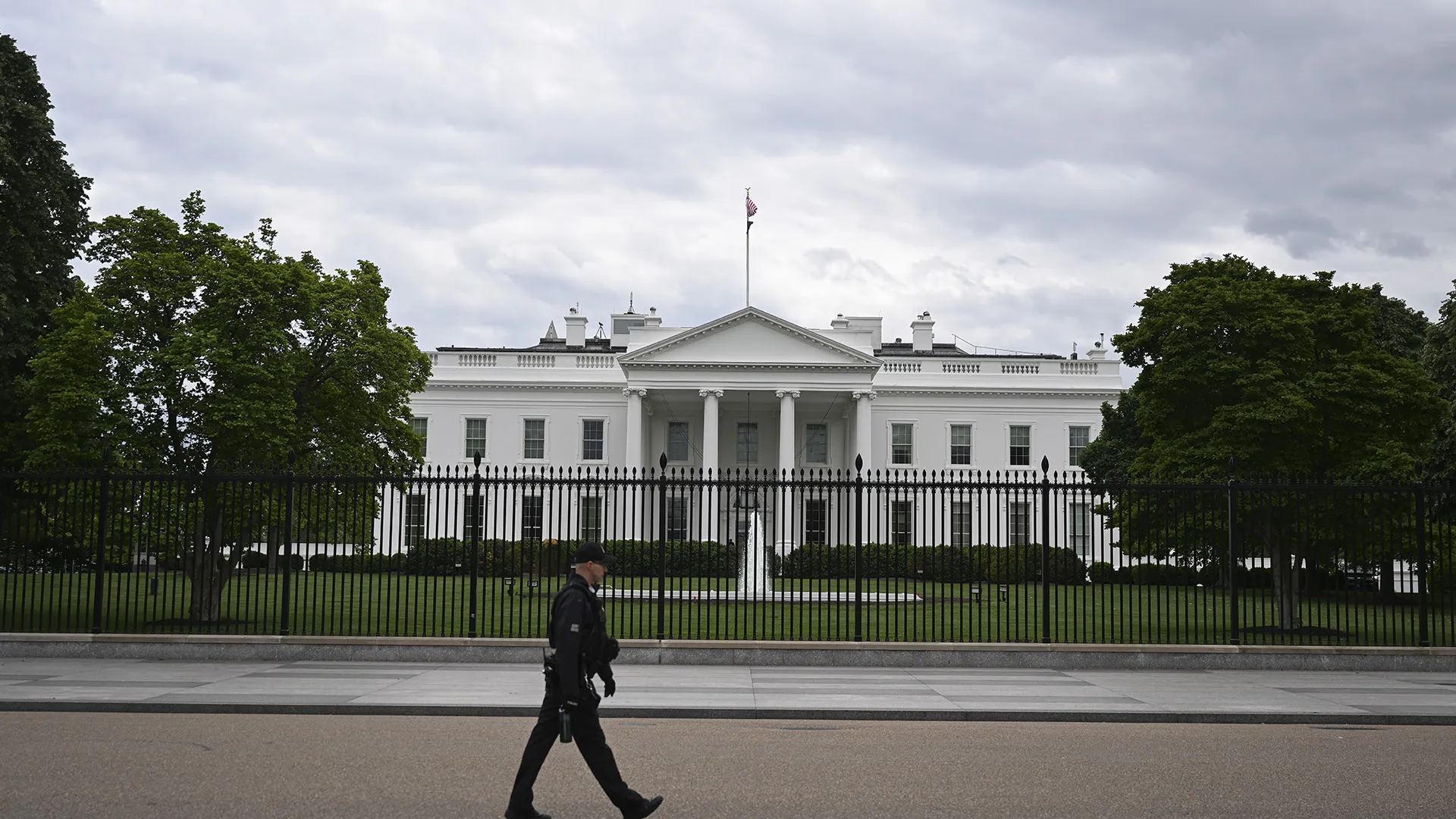
In a disturbing turn of events, emergency services were dispatched to the White House on Monday morning in response to a fake 911 call claiming that the historic building was engulfed in flames and a person was trapped inside.
At approximately 7 a.m., a 911 call was received, reporting a “structure fire” at the White House. Fire engines and emergency vehicles swiftly arrived at the scene, prepared to combat the supposed blaze and rescue the trapped individual. However, it was soon discovered that the call was a malicious fabrication, designed to provoke an emergency response and create chaos.
The response teams, in coordination with the Secret Service, determined that there was no fire emergency. Thankfully, the situation was resolved quickly, and the emergency personnel were able to return to their regular duties by 7:16 a.m. The investigation into the origin of the false call is ongoing, with authorities working diligently to identify and hold the responsible party accountable.
This incident at the White House is just one example of a growing trend of “swatting” incidents, where individuals make false reports of emergencies to prompt an aggressive response from law enforcement. These dangerous hoaxes have been on the rise, targeting prominent political figures and public officials in recent weeks. The motives behind these acts range from harassment to pranks, but the consequences can be severe.
READ ALSO: Allies upset by Trump’s embrace of far-right activist Laura Loomer
In the past month, several high-profile political figures have fallen victim to swatting incidents. Republican Representative Marjorie Taylor Greene and Senator Rick Scott have both experienced these false emergency calls, causing unnecessary stress and disruption to their lives. Even the federal judge overseeing former President Donald Trump’s election interference case, Tanya Chutkan, was not spared from this alarming trend.
Swatting poses a significant risk to both the victims and the emergency responders who are dispatched to these false emergencies. When armed law enforcement personnel arrive at the scene, they are prepared to face potentially dangerous situations. However, in cases of swatting, they are unknowingly being sent to non-existent crises, putting innocent lives at risk and diverting resources from actual emergencies.
The Federal Bureau of Investigation (FBI) has condemned swatting as a serious crime due to the grave danger it presents. These incidents can have severe consequences, including injury or loss of life, as well as the potential for legal repercussions for the perpetrators.
The White House incident is just one of many recent swatting incidents that have targeted public figures and institutions. Some notable cases include:
-
Rep. Marjorie Taylor Greene: In a December 25th incident, Greene’s residence was targeted in a swatting hoax. This was not the first time she and her family had experienced such an alarming incident.
-
Judge Tanya Chutkan: The federal judge overseeing former President Donald Trump’s election subversion case was the victim of a swatting attempt at her Washington, D.C. home. Fortunately, no actual emergency occurred, but the incident highlights the seriousness of this trend.
-
Special Counsel Jack Smith: Jack Smith, who is prosecuting Trump’s fraud case, experienced a swatting incident on Christmas Day in Maryland. This further emphasizes the need to address and prevent these dangerous hoaxes.
READ ALSO: ANA Domestic Flight Turns Back After Cockpit Window Crack
Swatting incidents not only endanger the victims but also place a significant burden on emergency services. When emergency responders are dispatched to a false emergency, precious time and resources are wasted. This diversion can potentially delay response times to genuine emergencies, putting lives at risk.
To combat the rising tide of swatting incidents, it is crucial to raise awareness about the seriousness of these hoaxes and implement preventive measures. Public education campaigns can play a vital role in informing the public about the dangers and legal consequences of swatting. Additionally, technological advancements that can track and trace false emergency calls can aid law enforcement in identifying and apprehending the perpetrators.
